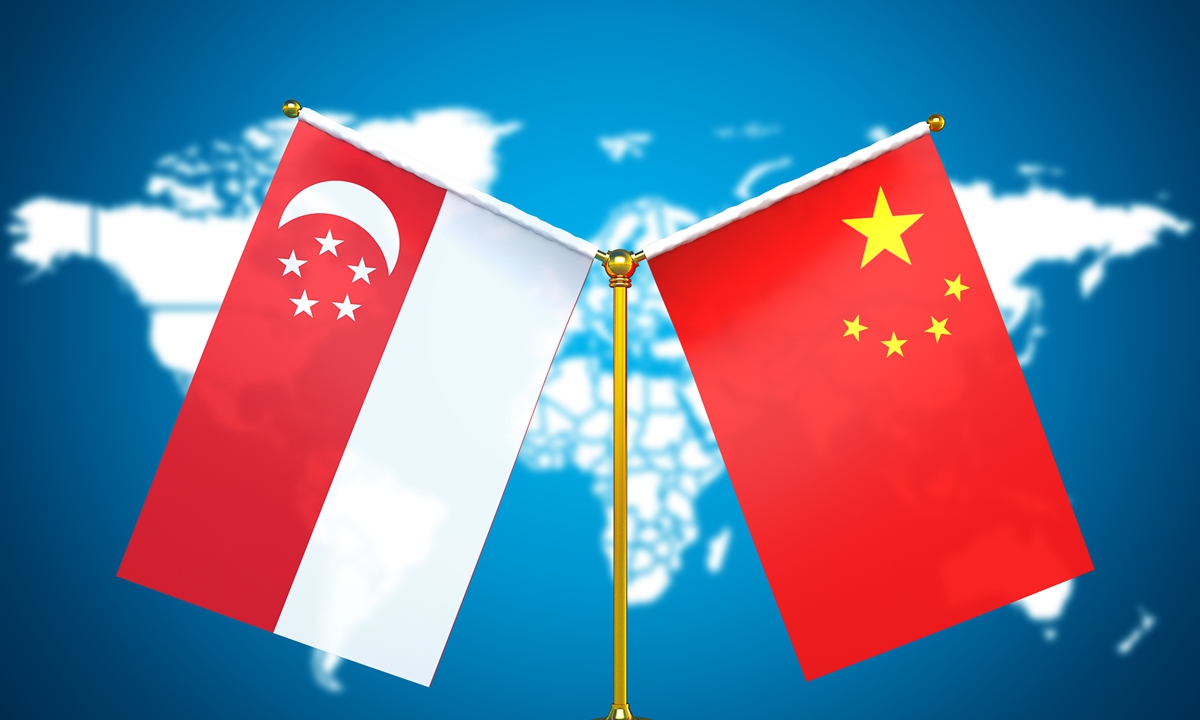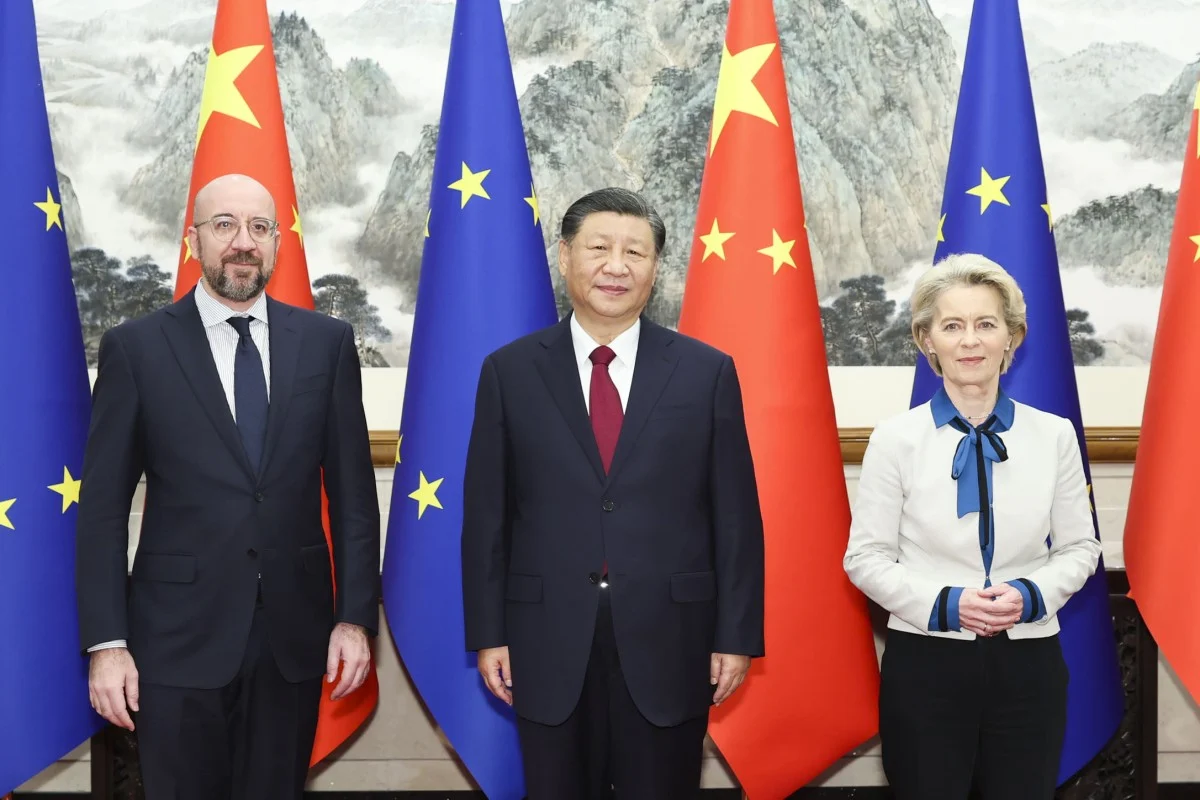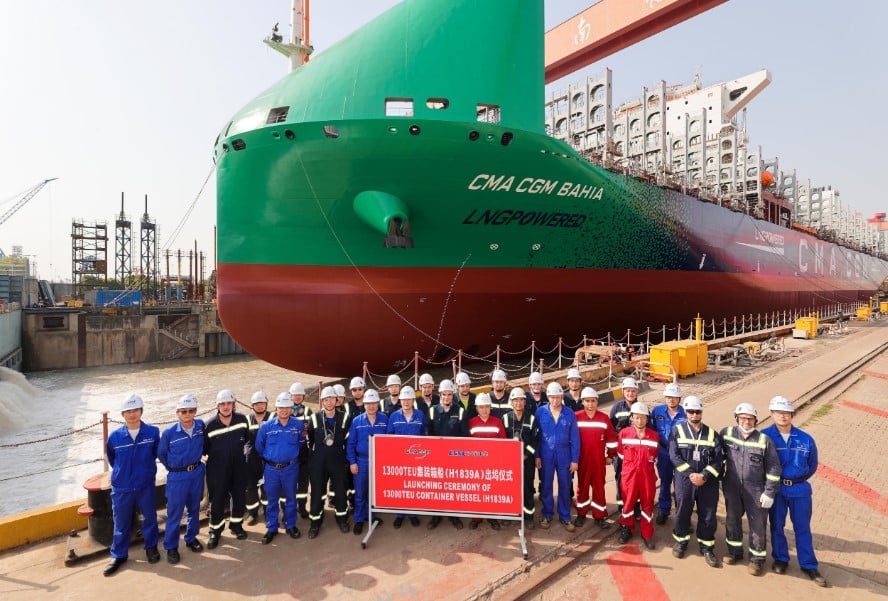Singapore and China to Implement 30-Day Mutual Visa Exemption
Singapore and China to Implement 30-Day Mutual Visa Exemption

On December 7th, Singapore’s Deputy Prime Minister and Finance Minister, Heng Swee Keat, revealed that as the number of flights between China and Singapore continues to increase, the two countries will strengthen personnel exchanges through a 30-day visa-free arrangement.
On the 7th, China and Singapore held the China-Singapore Joint Committee for Bilateral Cooperation (JCBC) meeting in Tianjin, further promoting cooperation after the two countries upgraded their bilateral relations to a comprehensive, high-quality, and forward-looking partnership in March of this year. Heng mentioned at the meeting that this year’s JCBC was convened against the backdrop of global economic headwinds, rising geopolitical uncertainty, and global warming. He pointed out that while China and Singapore are solidifying their cooperation in traditional areas such as trade and investment, they are also expanding and deepening their cooperation in new areas, including the digital and green economy.
Singapore is a popular destination for Chinese tourists, and it is also an important source of inbound tourists. Data shows that from January to September 2023, the number of Chinese tourists entering Singapore reached 1 million, recovering to 35% of the same period in 2019, and returning to the second place in the list of sources of inbound tourists in Singapore. Besides Singapore, other countries including Georgia, Thailand, Tunisia, Malaysia, and Sri Lanka have also announced visa exemptions for Chinese tourists this year.
China and EU Strengthen Ties: Joint Commitment to Partnership and Balanced Trade

On the morning of December 7th, Chinese President Xi Jinping met with European Council President Charles Michel and President of the European Commission Ursula von der Leyen. Official reports show that both parties have reached a consensus on some fundamental issues.
President Xi stated that China is willing to consider the European Union as a “key partner in economic and trade cooperation, a preferred partner in scientific and technological cooperation, and a trustworthy partner in supply chain and industrial chain cooperation”. This “three-partner” positioning is not only reflected in China’s policy towards Europe, but also fully reflects the overall attitude of Chinese society towards Europe.
On the evening of the 7th, European Council President Charles Michel and President of the European Commission Ursula von der Leyen held a joint press conference in Beijing. Von der Leyen stated that this is her second visit to China this year, undoubtedly demonstrating the importance of Sino-European relations. This meeting is an opportunity to seek progress in key areas of bilateral relations. During the meeting, both China and Europe unanimously agreed to maintain the balance of bilateral trade. The European Union has no intention of “decoupling or breaking the chain” with China.
World’s First New Generation Dual-Fuel Large Container Ship Delivered

On December 7th, the world’s first 13,000 TEU (Twenty-foot Equivalent Unit) LNG (Liquefied Natural Gas) dual-fuel container ship, built by Hudong-Zhonghua Shipbuilding Group of China State Shipbuilding Corporation for a French shipowner, was officially delivered. After delivery, the ship will operate on the South American route, and it is the largest dual-fuel type container ship on this route.
The delivered 13,000 TEU dual-fuel container ship has a total length of 336 meters and a width of 51 meters. At the same time, the ship is equipped with the first Chinese independently branded main engine, using an LNG and marine fuel dual-fuel power system, and represents the latest generation of green and environmentally friendly container ships worldwide.
The ship uses LNG as its power fuel and is equipped with an intelligent exhaust gas removal device. Methane slip can be reduced by 50%, and carbon dioxide emissions can be reduced by 28%. It is the most advanced large-scale low-carbon environmental protection container ship in the world today.
Not only is the technology globally leading, but this series of container ships has also greatly improved construction efficiency and quality through a series of new digital construction methods, such as VR design and 3D visual technology for detecting steel plate defects. This has attracted domestic and foreign shipowners to place orders one after another, and Chinese shipyards have made a name for “Made in China” in the global market through their strong capabilities.
